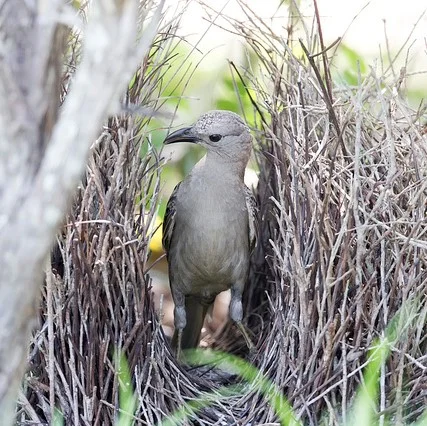A Novel Neural Circuit Saps Pleasure in Model of Depression
/Grief is a normal response to some of life’s most powerful stressors – like the death of a loved one, a natural disaster, or a serious break-up. However, this grief may not go away for those suffering from depression. Feelings of helplessness, guilt, and lack of self-worth may stick around for extended periods of time, and a stressor isn’t required to trigger a depressive episode. This description may be familiar to many of us; everyone reading this probably knows someone who has gone through depression... In order to investigate the role of the globus pallidus in depression symptoms, Dr. Byungkook Lim’s lab at the University of California – San Diego utilized the best-known mouse model of depression for rigorous investigation.
Read More









